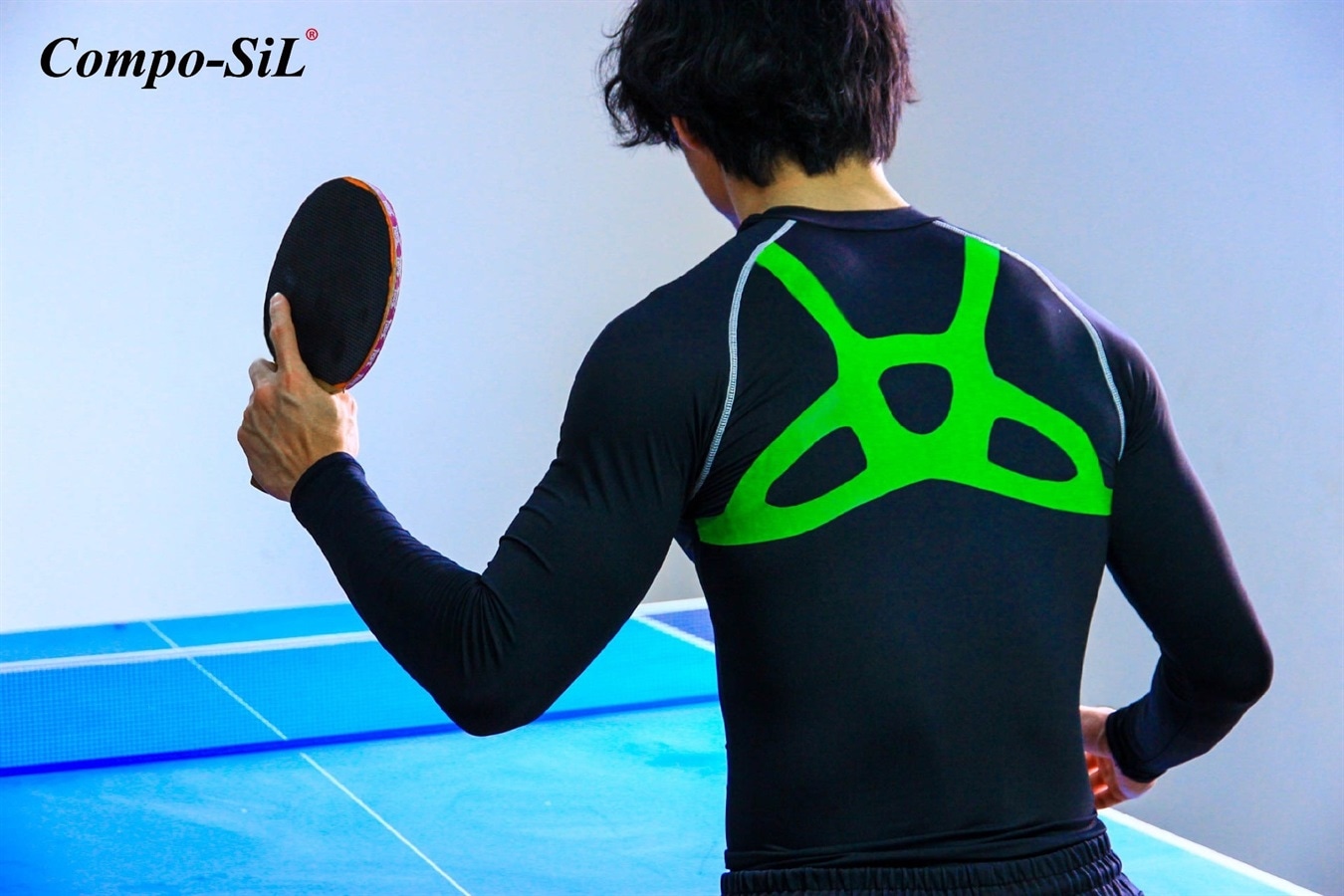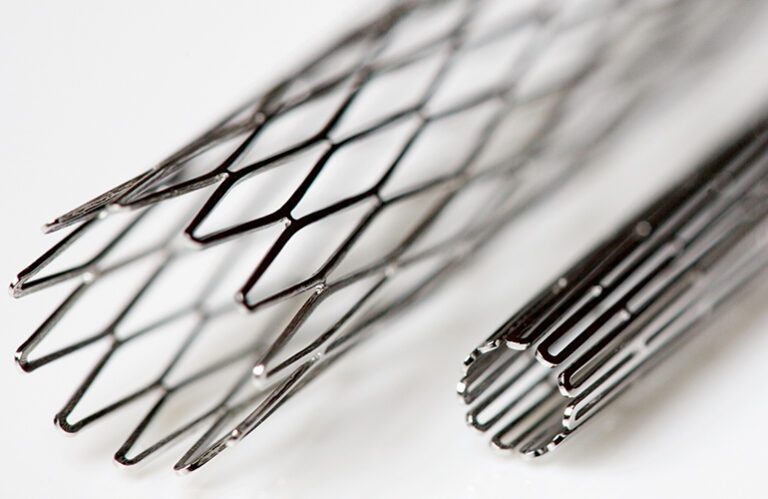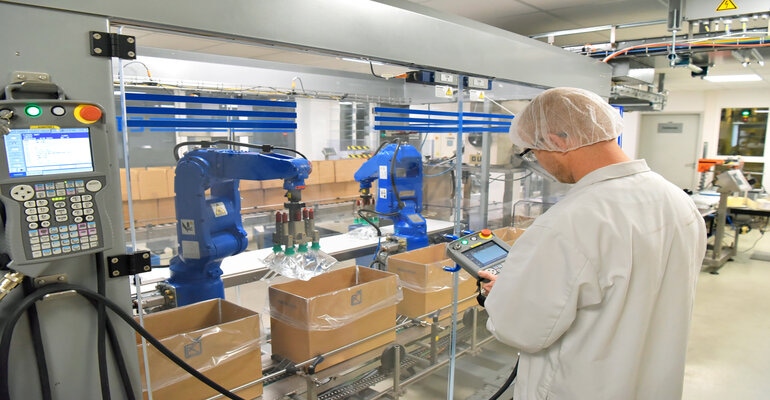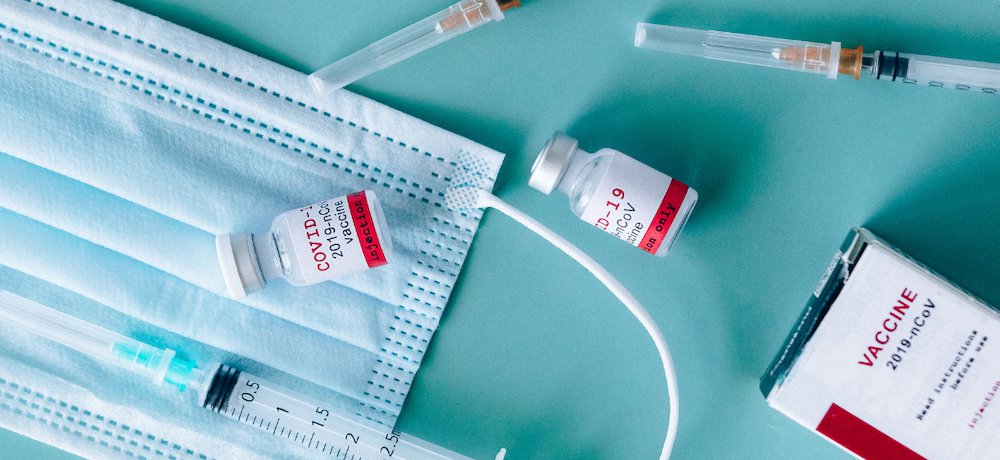


News-Medical.Net
Singapore General Hospital (SGH) patients are expected to benefit from healthcare innovations, such as customized medical devices and implants, under a collaboration with Nanyang Technological University, Singapore (NTU Singapore) to set up a Joint Research & Development Laboratory in additive manufacturing (AM), also known as 3D printing.
Read MoreMedical Plastics News
In the face of a competitive marketplace and evolving regulatory requirements, pharmaceutical producers must enhance their competitiveness. With digital technologies advancing and regulatory bodies emphasizing data-driven operations, forward-thinking businesses are adopting smart Industry 4.0 solutions.
Read More

AZO Materials
Discover how silicone might redefine the realms of rehabilitation, physical therapy, and sports equipment with it's impact absorption properties and the fact that it is lightweight and simple to integrate into textile manufacturing. The article also covers the challenges faced when handling or processing the material.
Read MoreMedicalDesign & Outsourcing
Medical nitinol processing transforms raw nickel-titanium alloy into wire, coils, tubes and sheets for medical and dental device manufacturers.
Read More

CNA
In Southeast Asia, 90 million adults are living with diabetes – but there’s hope for a better tomorrow for diabetes care with new therapies and a holistic approach to fight diabetes.
Read MoreMed Device Online
Digital transformation is rapidly evolving throughout the medical, pharmaceutical, and healthcare industries. In the medical device manufacturing segment, digital and smart manufacturing are essential to maximize efficiency, improve productivity, and exceed customer needs and expectations.
Read More

Medical Device and Diagnostic Industry (MD+DI)
The medical device packaging industry is coming out of the pandemic’s supply and demand rollercoaster and entering 2023 forecasted for strong, stable growth.
Read MoreMedical Plastics News
From medical blisters to body implants, medical plastics are extensively used in the healthcare sector. They have been considered as potential materials for tools and products used in medicine.
Read More
Enterprise Innovation
Local biomedical companies have raised a record amount of funding so far, with more than US$600 million (S$820 million) raised from January to September this year, according to the latest figures from Enterprise Singapore (ESG).
Media Release
As a specialist exhibition on manufacturing processes for medical technology, the 4th edition of MEDICAL MANUFACTURING ASIA will focus on new manufacturing technology and automation which play vital roles in driving innovation and operations.